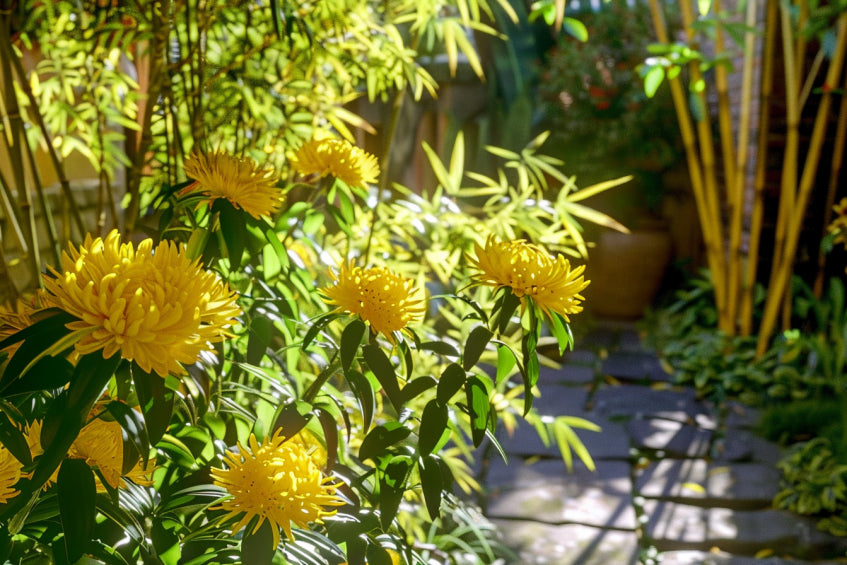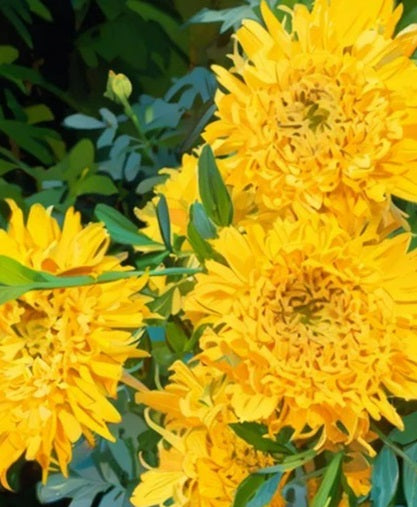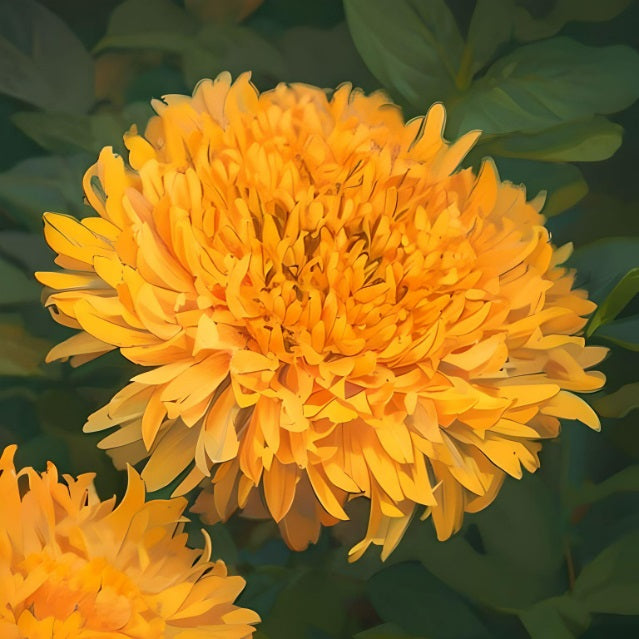The Bamboo Seed
Marigold Seeds - Yellow Giant
Marigold Seeds - Yellow Giant
Couldn't load pickup availability
Giant Yellow Marigold Seeds
- Qty 50+ Mission Giant Yellow Marigold seeds
- USDA zones 2-11
- Annual flower seeds
- Marigold seeds
- Heirloom flower seeds
- Cold hardy plants
Growing Giant Marigold Flowers from Seed
Growing giant Marigold seeds for yellow marigold flowers is popular among gardeners everywhere. Their large, showy blooms, which can reach up to 4 inches in diameter, add a striking burst of color to any garden or landscape. Giant marigolds are highly versatile and can be used in various ways, such as a focal point in a garden bed, a border plant, or a container plant. They are also popular for their ability to attract beneficial insects like ladybugs, lacewings, and hoverflies, which help control pests like aphids and caterpillars.
Yellow giant marigolds are known for their resilience and ability to thrive in a range of soil types and climates, making them an excellent choice for gardeners of all skill levels. The popularity of growing giant marigold flowers from seed can be attributed to their stunning appearance, versatility, and ease of care.
Planting Mission Giant Yellow Marigolds
The best location to plant yellow marigolds is in a spot that receives full sun, meaning at least 6 hours of direct sunlight per day. Marigolds thrive in warm, sunny conditions and will produce their best blooms when given ample sunlight. Yellow marigolds prefer well-draining soil that is rich in organic matter. They are relatively tolerant of a wide range of soil types, but they do not like to be waterlogged, so it's important to ensure that the soil drains well. Marigolds are also generally resistant to pests and diseases, making them a low-maintenance addition to any garden. Generally speaking, the optimal location to plant yellow marigolds is in a sunny spot with well-draining soil, where they can receive the light and warmth they need to thrive and produce beautiful blooms.
Giant Marigold Seed Germination Indoors
Germinating Giant Yellow Marigold seeds indoors is a simple process that can be done in a few easy steps:
Select a Container: Choose a container with good drainage. Seed starting trays or small pots work well for this purpose. Ensure the container is clean and sterilized to prevent disease.
Prepare the Soil: Use a well-draining seed-starting mix or a combination of peat moss and perlite. Fill the container to within about 1/2 inch of the top.
Moisten the Soil: Water the soil until it's evenly moist but not waterlogged. Allow excess water to drain out.
Sow the Seeds: Place the marigold seeds on top of the soil, spacing them about 1 inch apart. Lightly press the seeds into the soil, but do not cover them with additional soil as marigold seeds need light to germinate.
Cover the Container: Cover the container with a clear plastic dome or plastic wrap to create a mini greenhouse effect. This helps to retain moisture and warmth, which aids germination.
Provide Adequate Light and Temperature: Place the container in a warm, brightly lit area. Ideal temperatures for germinating marigold seeds are between 70-80°F (21-27°C). A sunny windowsill or under grow lights works well.
Keep the Soil Moist: Check the soil moisture regularly and water when the top of the soil feels dry. Avoid overwatering, as this can lead to fungal issues.
Remove the Cover: Once the seeds have germinated and small seedlings have emerged (usually within 7-10 days), remove the plastic cover to prevent excessive humidity and encourage air circulation.
Transplant the Seedlings: When the seedlings have developed a couple of true leaves and are about 2-3 inches tall, they can be transplanted into larger containers or directly into the garden, spacing them according to the variety's recommendations.
Provide Adequate Care: Continue to water the seedlings regularly, ensuring that the soil remains evenly moist. Marigolds prefer full sun and well-drained soil. Fertilize with a balanced fertilizer every 2-3 weeks.
With proper care and attention, your marigold seeds should germinate and grow into healthy plants that will reward you with beautiful blooms.
Calendula Seeds for Flowering Plants
Marigold flowers grown from calendula seeds, belonging to the Calendula genus, are known for their vibrant colors and distinctive appearance. These flowers typically have large, daisy-like blooms with a variety of colors ranging from bright yellows and oranges to deep reds and purples. They are characterized by their densely packed petals and a prominent central disc.
Marigold flowers are highly versatile and can be used in various ways, such as a focal point in a garden bed, a border plant, or a container plant. They are also popular for their ability to attract beneficial insects like ladybugs, lacewings, and hoverflies, which help control pests like aphids and caterpillars. An additional characteristic is that marigolds are known for their resilience and ability to thrive in a range of soil types and climates, making them an excellent choice for gardeners of all skill levels. Many gardeners appreciate the many positive characteristics of marigold flowers grown from calendula seeds, including their vibrant colors, distinctive appearance, versatility, and ease of care.
Caring for Yellow Marigold Flower Plants
Caring for yellow marigold plants in the garden during summer is relatively straightforward, as they are known for their resilience and ability to tolerate hot and dry conditions. To ensure optimal growth and blooming, it's essential to provide them with adequate water, especially during periods of prolonged heat. Watering should be done at the base of the plant, avoiding wetting the foliage to prevent fungal diseases. Applying a layer of mulch around the plants can help retain soil moisture and reduce weed growth.
Deadheading spent giant Marigold flowers regularly can encourage continuous blooming and prevent self-seeding. If the plants become leggy or start to decline, cutting them back by a third can promote new growth and rejuvenate the plants.
Fertilizing your Marigold plants with a balanced fertilizer every 4-6 weeks can provide the necessary nutrients for healthy growth. Lastly, keeping an eye out for pests like aphids or spider mites and treating them promptly can help keep marigold plants healthy and thriving throughout the summer.
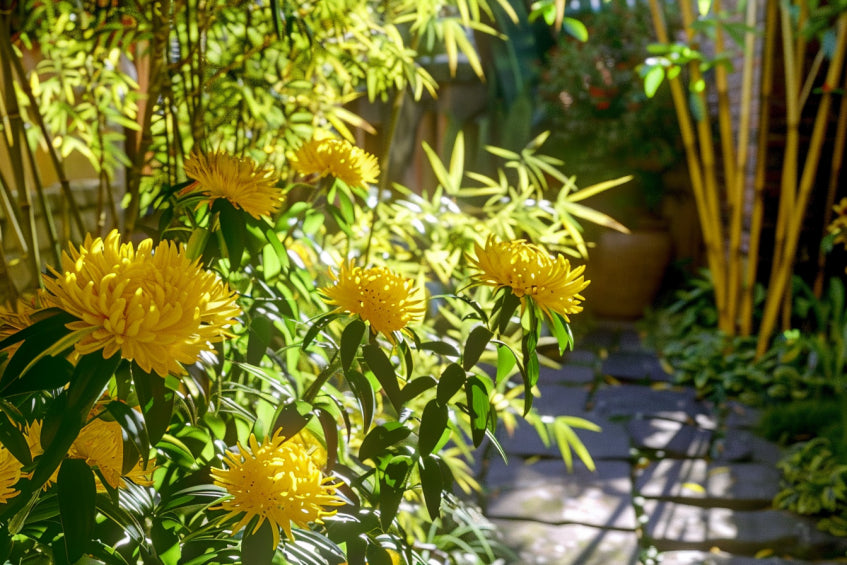
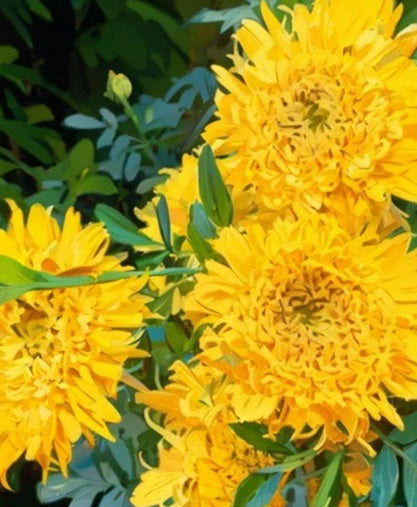
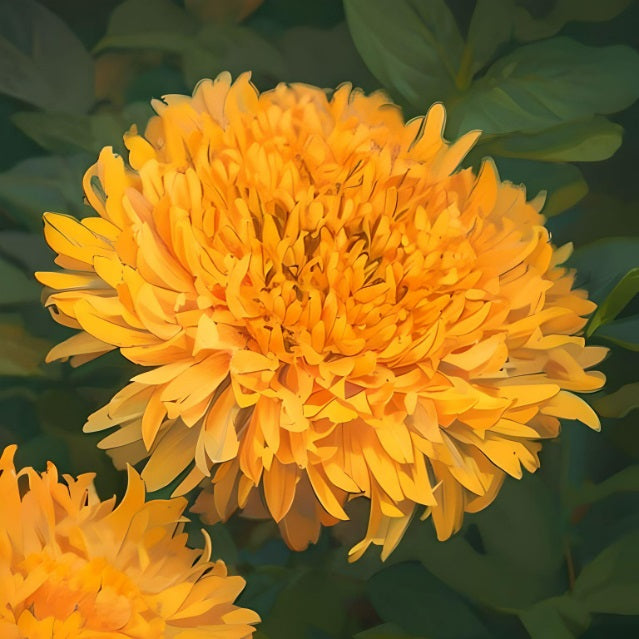
Collections
-

All Bamboo Seeds for Sale
Welcome to our catalog of bamboo plant seeds for sale including clumping...
-
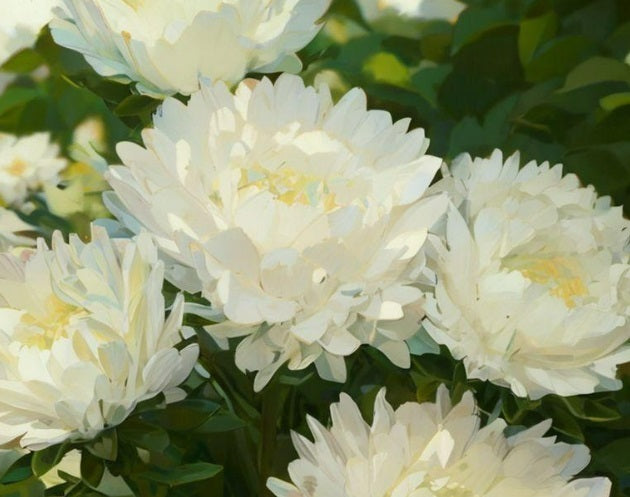
All Flower Seeds
All of our 2025 flower seeds are sold out. Please check back...
-
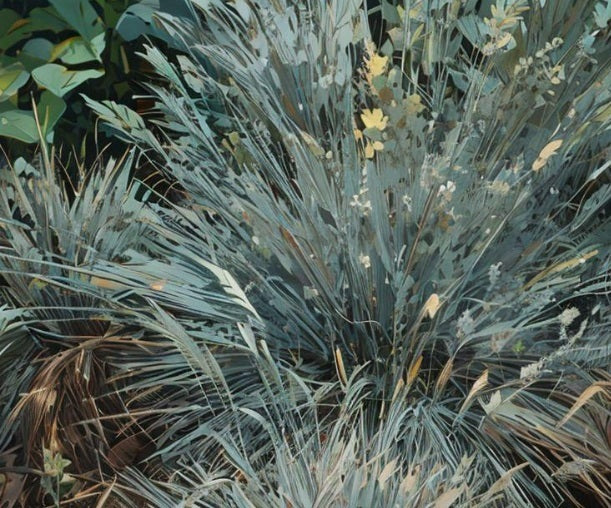
All Ornamental Grass Seeds
Grass has finally come into its own as a garden landscape centerpiece....
-
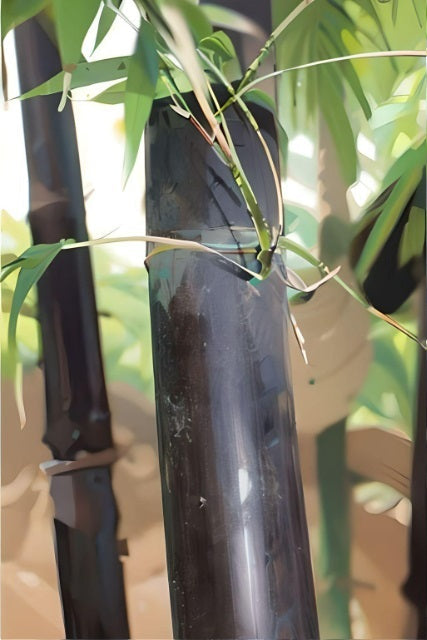
Black Bamboo Seeds
Consider Black Bamboo seeds for eye-catching bamboo varieties with lustrous black, dark...
-
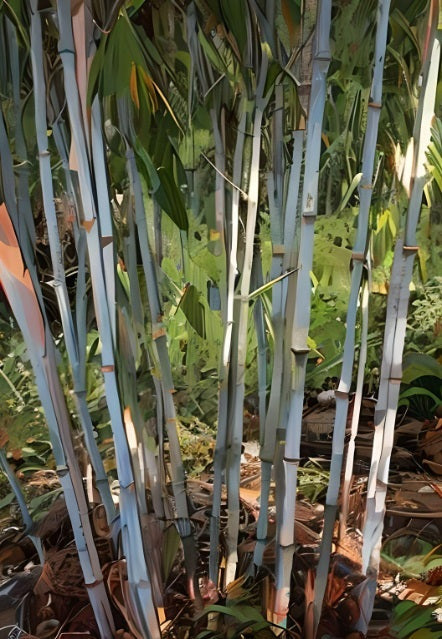
Clumping Bamboo Seeds
Clumping bamboo species grow in dense clumps or clusters that are naturally...
-

Cold Hardy Bamboo Seeds
A selection of cold resistant bamboo seeds for hardy bamboo able to...
-
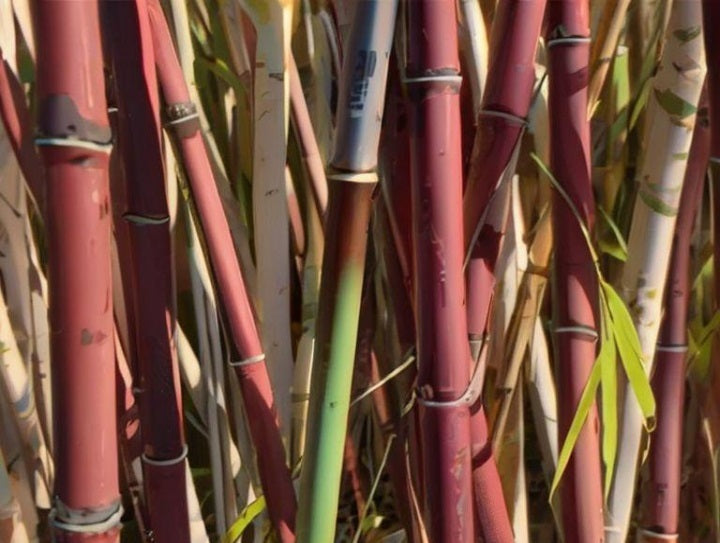
Fargesia Bamboo Seeds - Clumping and Cold Hardy
Buy bamboo seeds for beautiful cold hardy and clumping Fargesia bamboo. Our...
-

Giant Bamboo Seeds
When you're looking for impressive size with ample shade below, consider fastest...
-

Running Bamboo Seeds
Running bamboo spreads through underground runners, known as rhizomes. These rhizomes can...
-

Tropical Bamboo Seeds
Our curated selection of tropical bamboo seeds best suited for planting in...

